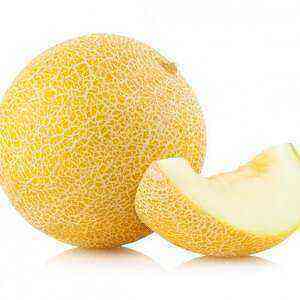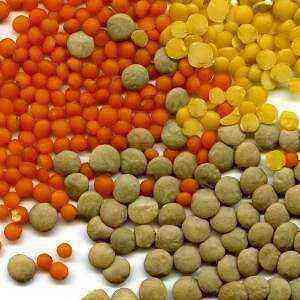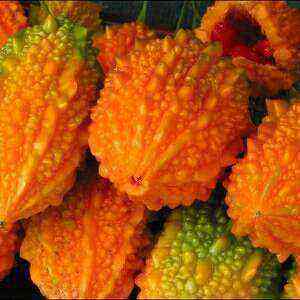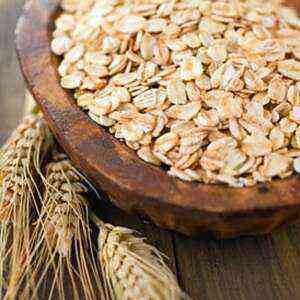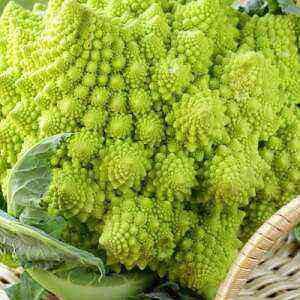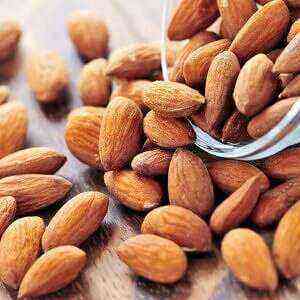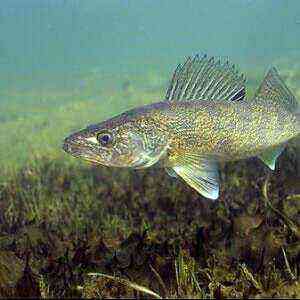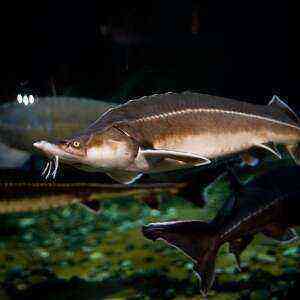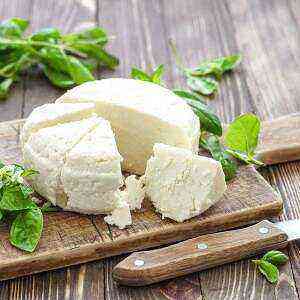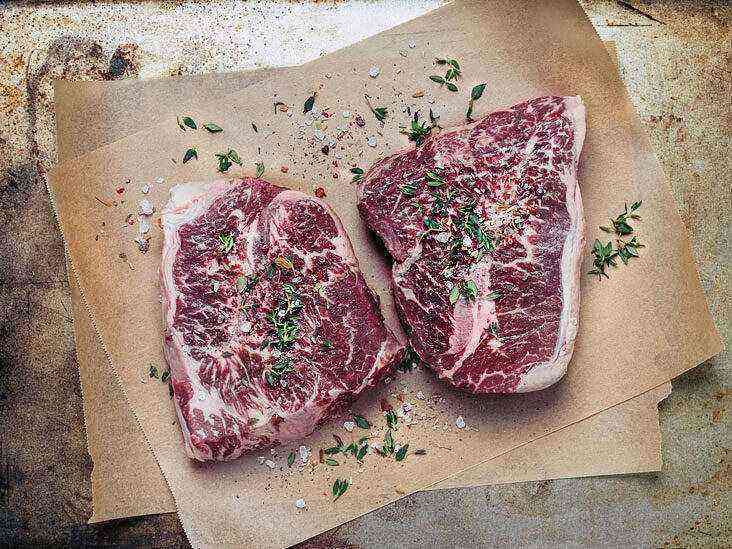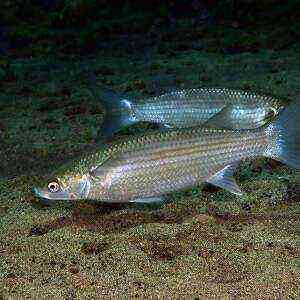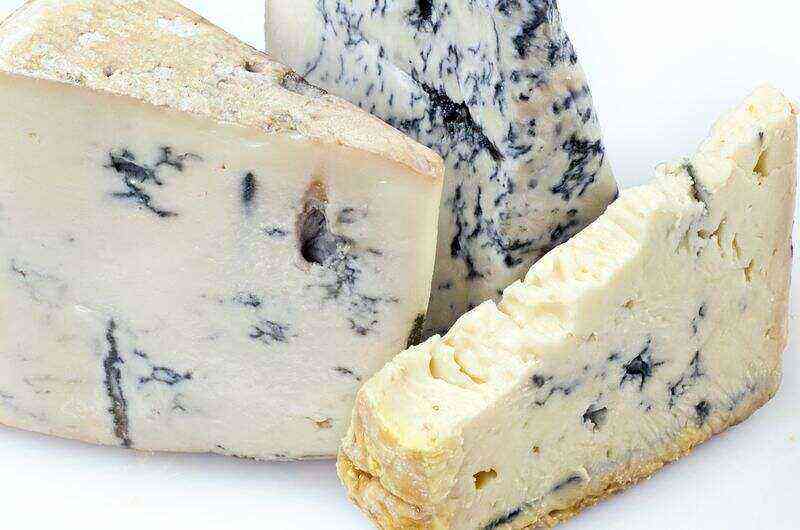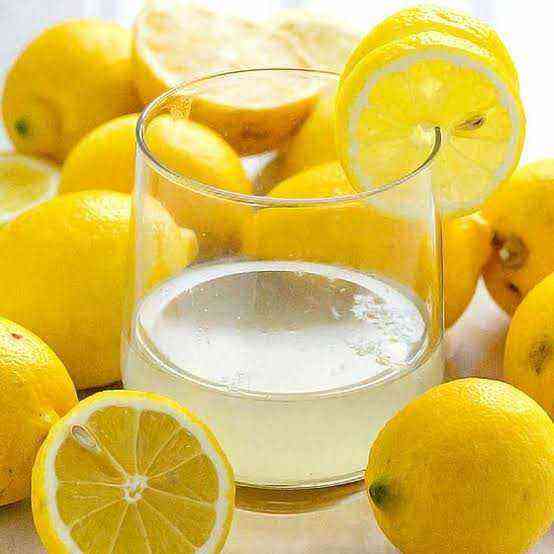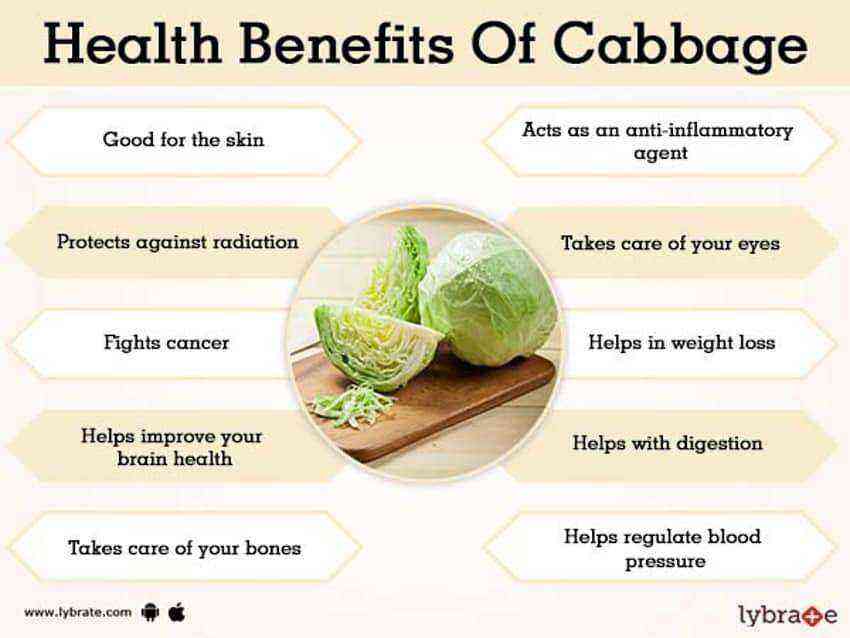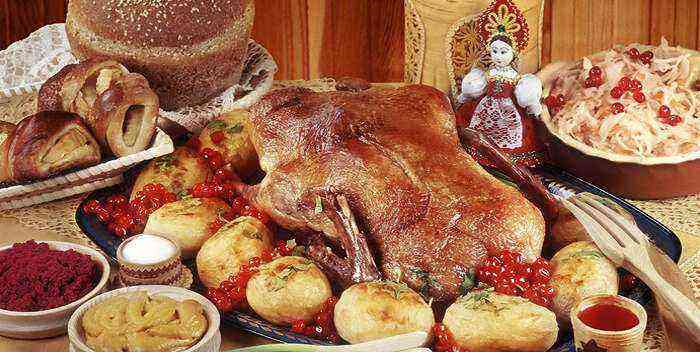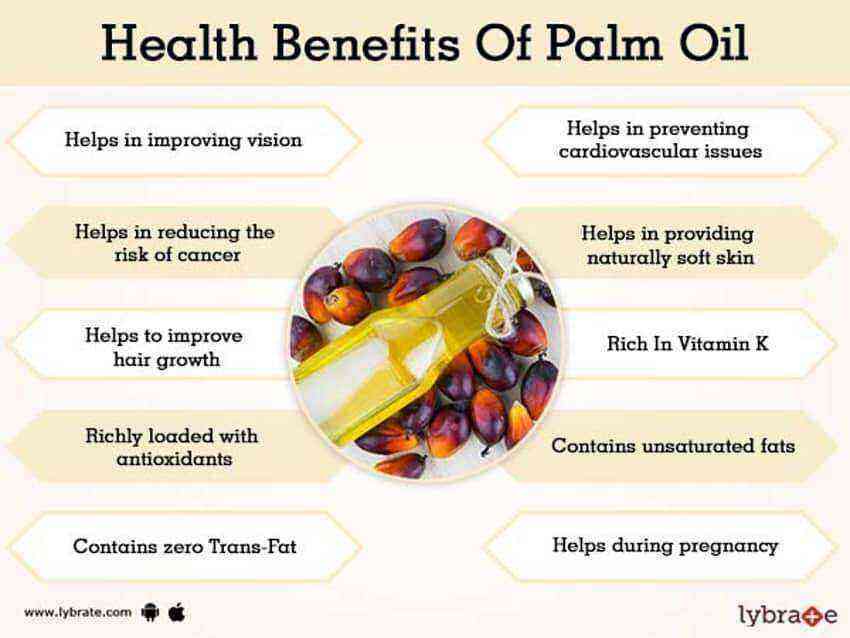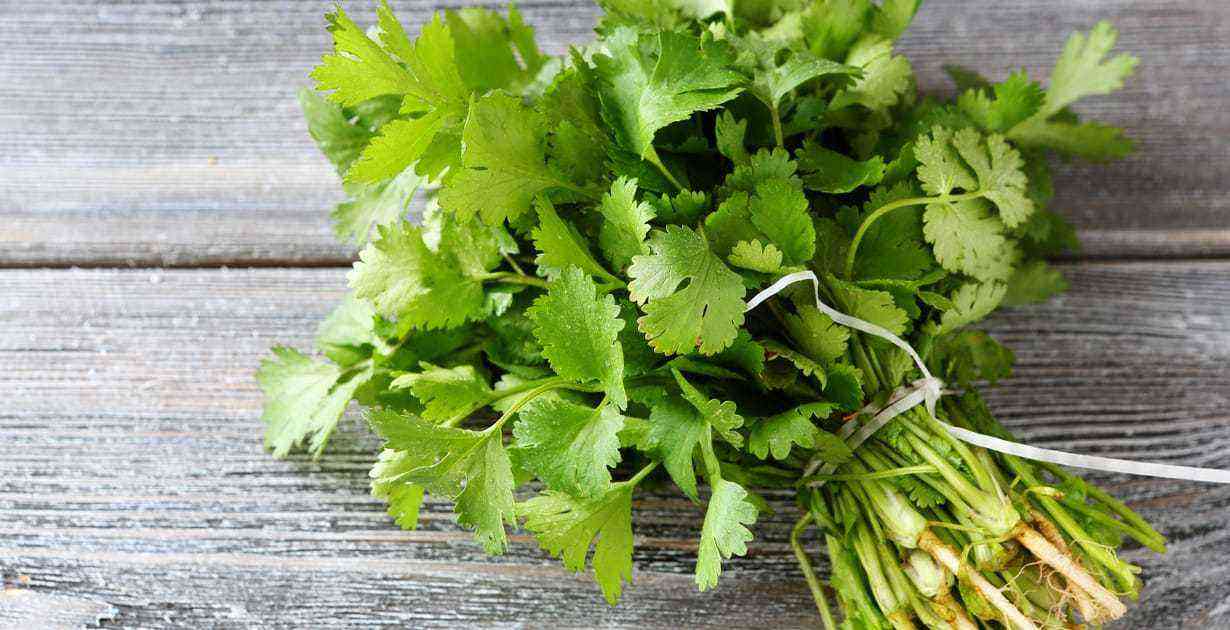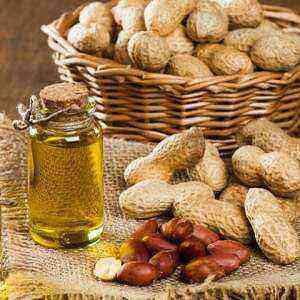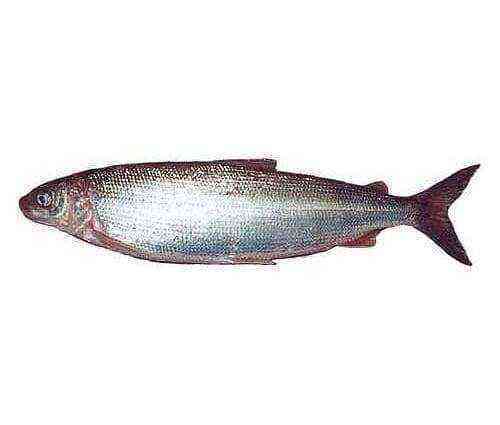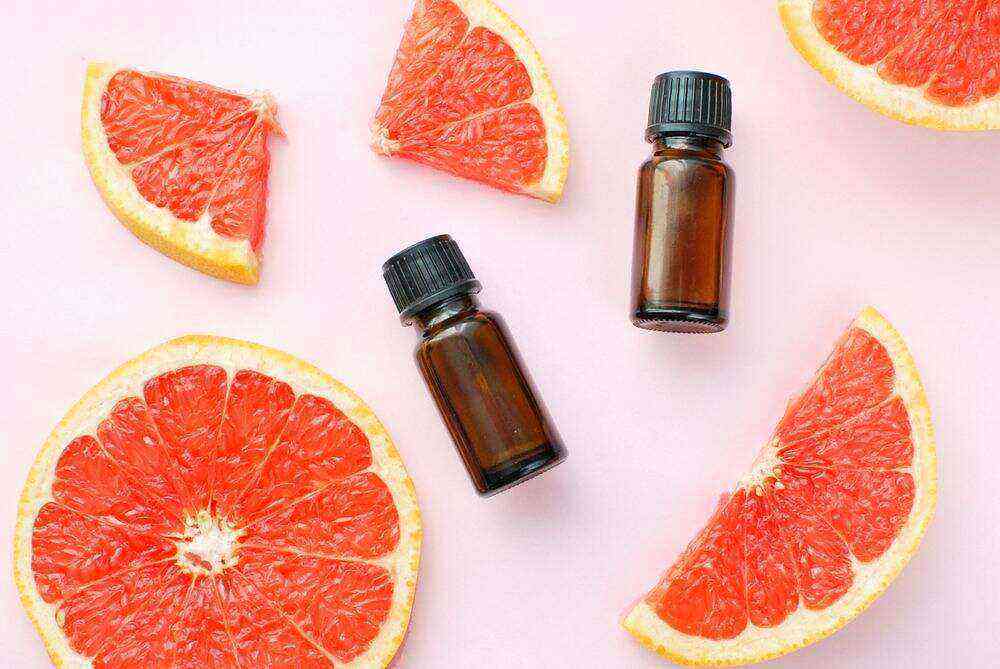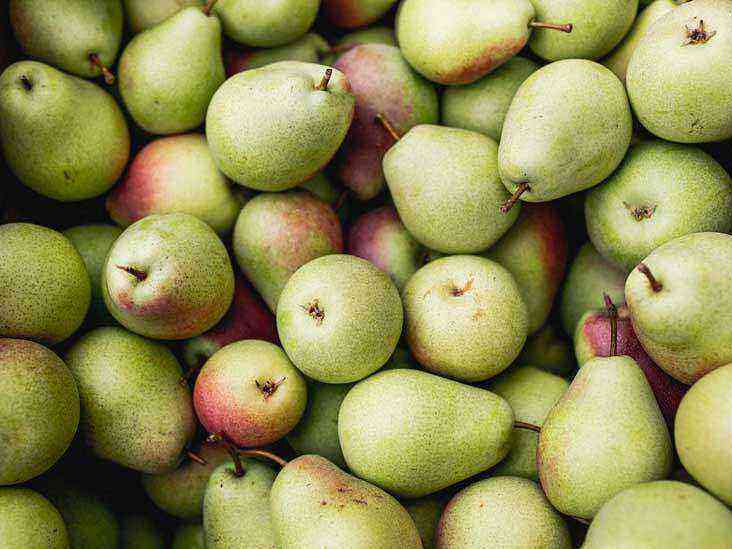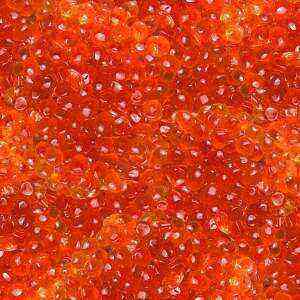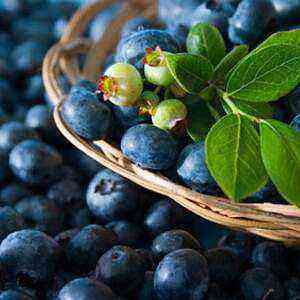
What does common blueberry look like? This is a low-growing shrub, which rarely reaches even half a meter in height. The blueberry shrub blooms in late May – June, and the fruits ripen by the end of July – August. Its berries are rounded up to 8 mm in diameter and are dark blue with a bluish bloom. The berry has a sweet taste with pleasant sourness and slight tartness.
All about the composition of blueberries
The benefits of blueberries are known from time immemorial. The history of using blueberries in Russia dates back to pagan times. She has always been a revered remedy for shamans and healers. They endowed her with miraculous properties, based on their many years of experience.
The use of blueberries in modern medicine is based on the laboratory-established chemical composition of berries and the proven effect of the substances found on the functions of various human organs.
For example, in order to find out if a blueberry berry lowers or increases blood pressure, a clinical study was conducted in which 80 patients participated. For eight weeks, twice a day, they drank a glass of juice of these berries on 1. At the end of the experiment, it turned out that all participants had decreased blood pressure levels.
Why and how is this berry useful? The value of these wild berries lies in their unique composition. Blueberry bushes contain:
- tannins (hallocatechin, epicatechin, epigallocatechin);
- organic acids (gallic, acetic, tartaric, malic, citric, succinic, quinic, benzoic, lactic, oxalic);
- mono- and polysaccharides (glucose, fructose, sucrose, fiber, pectin);
- fatty acid;
- proteins and amino acids;
- flavonoids and antioxidants (anthocyanins, catechins, leukoanthocyanins, saponins);
- vitamins and vitamin-like substances (ascorbic acid, carotene, B vitamins, rutin);
- macro- and microelements (sodium, potassium, calcium, magnesium, phosphorus, iron, manganese, iodine, chlorine, sulfur).
The calorie content of blueberries is low: 100 g of berries contain 44 kcal. The low calorie content in berries makes it possible to include its diet with various diets.
In addition to berries, a lot of nutrients are contained in the shoots, leaves and stems of blueberry bushes, so they are also successfully used for the manufacture of various therapeutic and prophylactic agents.
Tannins contained in blueberries, belong to the pyrocatechin group. Their high content in the berries determines the binding properties of blueberries. Getting on the mucous membranes and wound surfaces, tannins cause partial coagulation of proteins, which leads to their drying and the formation of a protective film on their surface. The concentration of tannins increases in dry berries.
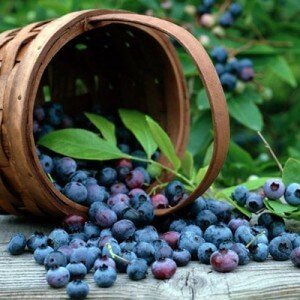
Simple carbohydrates (glucose, fructose, sucrose) have energetic properties, affect the speed of nerve impulses, and participate in the synthesis of cells and tissues of the body. Indigestible polysaccharide – cellulose (fiber) has a number of beneficial properties for the human body:
- absorbs (accumulates) in itself toxic substances from the intestines, thus cleansing the intestines;
- reduces the absorption rate of simple carbohydrates and cholesterol, which helps to reduce their level in the blood;
- retains water in the intestine, as a result of which the volume of its contents increases and motility of the intestinal walls is stimulated.
Blueberries contain pectin, which has the ability to bind salts of heavy metals and free radicals, which has a detoxification effect on the body.
The fatty acids in blueberry juice are essential. They are represented mainly by mono- and polyunsaturated omega-3 fatty acids, which:
- improve the rheological properties of blood: reduce viscosity, increase blood flow;
- have an antioxidant effect;
- reduce the concentration of cholesterol in the blood;
- have a hypotensive and anti-inflammatory effect.
Proteins contained in blueberries are sources of essential amino acids in the human body (leucine, isoleucine, valine, phenylalanine).
Bilberry flavonoids-anthocyanins (neomirtillin, mirtillin, arbutin) have a hypoglycemic effect, which makes it possible to use berries with diabetes and include them in various antidiabetic fees. Arbutin exhibits its antiseptic and antimicrobial properties in an alkaline environment, which is urine in a variety of inflammatory diseases of the urinary system.

Blueberry fruits are rich in saponins, which have many beneficial therapeutic effects (mucolytic, diuretic, cholesterol-lowering, sedative), and also facilitate the absorption of certain drugs while taking.
Vitamins and minerals of berries have an immunostimulating effect, normalize metabolism, increase visual acuity, restore the electrolyte balance of human body fluids.
Useful Properties

- antibacterial;
- antiseptic;
- anti-inflammatory (suppresses inflammation);
- immunomodulatory (stimulates the immune system);
- hypocholesterolemic (lowers blood cholesterol);
- hypoglycemic (lowers blood glucose);
- antihypertensives (reduces pressure);
- mucolytic (dilutes sputum);
- knitting (dries wound surface);
- antioxidant (prevents lipid peroxidation and cell damage by free radicals);
- hepatoprotective (protects liver cells);
- angioprotective (protects the vascular wall);
- improves microcirculation in tissues;
- hematopoietic (increases the level of hemoglobin in the blood);
- burns;
- wound healing;
- sedatives.

- eye diseases (cataracts, night blindness, uveitis, retinopathy);
- diseases of the cardiovascular system (atherosclerosis, arterial hypertension, coronary heart disease, thrombosis, varicose veins);
- iron deficiency anemia;
- metabolic disorders (diabetes mellitus type 2, gout, obesity);
- neurological pathologies (senile dementia, Alzheimer’s disease);
- inflammations of the oral cavity and pharynx (stomatitis, gingivitis, sore throat);
- kidney disease (urolithiasis, chronic pyelo-and glomerulonephritis);
- diseases of the digestive tract (stomach, intestines, liver and pancreas).
Blueberries effectively affect stools. It is necessary to know how to eat berries, so that they have the desired effect. Whether bilberry will strengthen or weaken depends on the method of harvesting raw materials:
- fresh berries are indicated for constipation, as they increase intestinal motility;
- dried berries help from diarrhea, because they decrease intestinal motility.
External use of products containing raw blueberries is indicated for:
- inflammatory processes in the skin;
- age-related skin changes (with aging, flabbiness, fading skin);
- scarring on the skin;
- varicose veins;
- hyperpigmentation.
Regular intake of blueberries is proven to help against cancer (reduces the incidence of cancer of the blood, breast and colon) due to their high content of antioxidants.
Home remedies
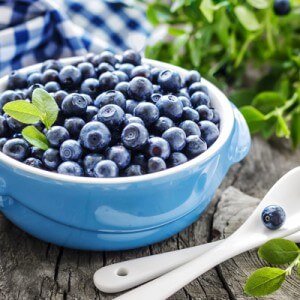
From the juice of fresh berries, you can make eye drops. For their preparation you need to knead 2 tablespoons of fruit in a porcelain dish for juice. The juice is filtered through a gauze or a fine sieve to get rid of the seeds, and diluted with sterile distilled water purchased at a pharmacy, in the ratio 1: 2. The prepared solution must be poured into a boiled bottle. Keep refrigerated. Apply such drops in diseases of the cornea or conjunctiva, instilling daily 2-4 drops of a blueberry solution into each eye.
From the juice of fresh berries can make compresses on the skin for wounds or burns. The procedure should be performed daily at least three times a day.
From the dried berries you can make a compress, similar to a compress from the juice of fresh berries. A blueberry extract is prepared for him: 100 g of boiled water is poured over 0,5 g of dried berries, wrapped in a towel and infused for half an hour, after which the infusion is boiled. After cooling, the broth is filtered and used for compresses.
For colds and to strengthen immunity, you can brew healthy blueberry tea, which in the cold season can successfully replace regular black or green tea. How to make blueberry tea so that it remains healthy? To prepare it, 100 g of dried berries or leaves are poured with one liter of water at room temperature, put on low heat and cooked after boiling for 10 minutes. After this, the broth is wrapped and insisted for half an hour. The drink is fragrant and healthy. To normalize sleep, you can drink this tea before going to bed with honey or mint.
Supplements and cosmetics

- for women (normalizes the menstrual cycle, stimulates the work of the female reproductive system);
- for men (increase potency, improve sperm quality);
- for pregnant women (reduce blood sugar levels, dull the feeling of hunger, increase hemoglobin in the blood);
- for diabetics (they have hypoglycemic and diuretic effects, strengthen the walls of the blood vessels of the eyes and kidneys, reduce the level of cholesterol in the blood in diabetes);
- for immunity (enrich the body with vitamins, minerals and antioxidants);
- for vision (improve microcirculation in the vessels of the retina, heal microtrauma of the cornea, saturate the body with “visual” vitamins A and E);
- for blood (thin the blood, stimulate the synthesis of hemoglobin);
- for memory and normalization of sleep (improve cerebral circulation, slow the aging process of neurons);
- for the heart (reduce blood pressure, protect myocardial cells from damage by free radicals);
- for blood vessels (strengthen the walls of blood vessels, reduce blood cholesterol levels, prevent thrombosis);
- for weight loss (enrich the body with vitamins and minerals, normalize stools during diet).

- capsules;
- dragee;
- syrups;
- extracts;
- concentrates;
- herbal tea.
To enhance the effect of blueberry nutrients, minerals, vitamins, fatty acids and other beneficial substances are added to the preparations.
The most popular drugs on the market for bioadditives with blueberries include:
- “Evalar bilberry forte with zinc”;
- “Striks forte”;
- “Visivit”;
- “Doppelgerts asset with lutein and blueberries”;
- “VIS extract bilberry”;
- “Flax fiber with blueberries”;
- dragee “Tentorium blueberries”
- herbal tea “Glukonorm with blueberries”.
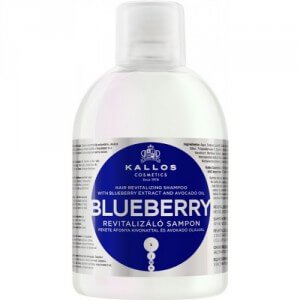
Blueberries are also popular among cosmetics manufacturers. In the cosmetic field on the basis of substances derived from blueberry raw materials, cosmetics are made for the face, for the skin around the eyes, for the hair. These are various serums, oils, creams, masks, soaps, shower gels, shampoos for different types of skin and hair. Most often, these funds, in addition to substances from raw blueberries, also contain additional components that are designed to enhance the effect of blueberries (for example, blueberry cream with hyaluronic acid and collagen for mature skin).
Such demand for blueberries in cosmetics is due to its ability:
- reduce inflammation;
- regenerate the skin;
- improve skin microcirculation;
- normalize lymphatic drainage from subcutaneous fat;
- soften and nourish the skin.
In addition to cosmetics for hair and skin, the beneficial properties of blueberries are also used by manufacturers of decorative cosmetics (for example, the use of blueberry seed oil in the manufacture of lipstick).
Hazardous properties

- individual intolerance (may manifest as nausea, vomiting, diarrhea, allergies);
- allergic reactions in the patient’s history (rash, itching, urticaria);
- simultaneous intake with vitamin C or foods containing it in large quantities – raspberries, strawberries, strawberries (benzoic acid contained in blueberries, when interacting with ascorbic acid, forms a carcinogen);
- urolithiasis, gout (oxalic acid can increase oxaluria – an increase in the concentration of oxalic acid in the urine, which leads to the formation of oxalate stones);
- acute pancreatitis (increased secretion of pancreatic glands may worsen the patient’s condition in pancreatitis);
- acute cholecystitis and exacerbation of gallstone disease (increased motility of the smooth muscles of the gallbladder and ducts, together with an increase in the secretory function of the liver cells, can lead to blockage of the bile duct stones);
- hyperacid gastritis and peptic ulcer disease (bilberry increases the acidity of gastric juice, therefore it is forbidden to use during gastritis with high acidity and with peptic ulcer).
In order to avoid the occurrence of side effects of blueberry products, it is necessary to limit its use during pregnancy. Do not give it to babies and children up to a year.
With great care it is necessary to use blueberries for women with breastfeeding (HB), especially in the first month of feeding. Acceptance of blueberries by a nursing mom with HB may result in allergic reactions or digestive disorders in a child. Therefore, to decide the question of whether blueberries can be lactating or not, the doctor must decide after studying the instructions for the drug.

- description of the composition;
- characteristic of its effect on the body;
- method of use and dosage;
- precautions;
- indications and contraindications;
- shelf life;
- manufacturer and its contact details;
- information on state registration of the drug.
From the instructions of the drug, you can also find out at what age you can give the drug to children.
If for any reason there are no instructions for use or it contains incomplete information, you should never take such a preparation.
Cooking application
The taste qualities of blueberries allow using blueberries in cooking for cooking various dishes:
- sweet soups;
- gravy and sauces for meat;
- desserts;
- compotes and jelly.
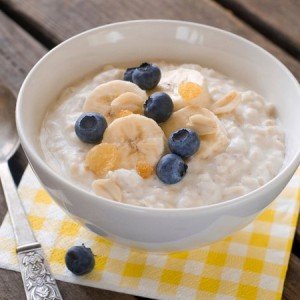
It is most useful to start every morning with oatmeal with blueberries. For its preparation, it is necessary to bring the milk to a boil, pour oatmeal and sugar to taste. Cook porridge for 5 minutes over low heat, stirring constantly. At the end of cooking, add butter, mix. Put the prepared porridge on a plate and sprinkle with fresh or frozen blueberries. This breakfast strengthens the immune system and improves vitality.
Blueberry jelly will help to enrich the body with vitamins, minerals and antioxidants, improve digestion. To prepare it you need to take:
- a glass of blueberries (fresh or frozen);
Berries are placed in a pan with water, add sugar, mix and put on high heat. While the broth boils, it is necessary to dilute the starch in water. After boiling the compote you need to cook for about 15 minutes, then strain. Strained compote should be brought to a boil, then pour the diluted starch into it. While stirring, bring the jelly to a boil and cook over medium heat 2-3 minutes.
Bilberry harvesting
To prepare bilberry products at home, berries can be purchased from suppliers, grown on the garden plot or picked on their own in the forest.
The most difficult way is to cultivate blueberries in your backyard. Blueberries are a rather picky shrub, so planting it must be taken very seriously: study special literature, prepare the soil. For self-cultivation, you need to purchase a blueberry bush of a garden variety. When planting, the root of the shrub should be with a lump of soil.
It is necessary to buy blueberries at specialized fairs or from large suppliers in the markets. There the raw materials undergo radiological and toxicological control. To buy high-quality blueberries, you need to know how to choose it correctly:
- Buy blueberries need in the season of its collection.
- Berries when buying should be dry.
- A sour smell should not come from blueberries – this is a sign of spoilage.
- Try a few berries: they should not be bitter. Why is blueberry bitter? Bitterness in berries can appear when honeysuckle, which has a bitter taste, enters the mass of berries, or when berries are spoiled.
- Blueberries should not be purchased at spontaneous markets – it is dangerous to health!
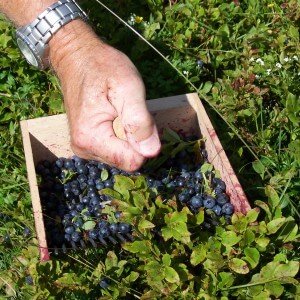
After self-picking blueberries among the berries are always a lot of leaves, so the harvest must be sorted. How to sort out blueberries quickly? This will help a simple device of a sloping rough surface (cardboard, board or thick fabric) with slats on the sides, converging downwards. The berries will roll down the sloping surface, and the leaves and crushed berries will remain on the surface.
How to preserve the beneficial properties of berries? The maximum amount of nutrients preserved blueberries:
- frozen;
- dried (it is also possible to dry blueberry leaves);
- grated with sugar.
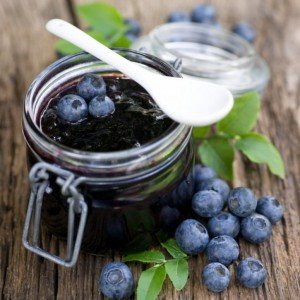
Blueberries can also be harvested for preservation (juices, compotes, jams, preserves, syrups). It should be borne in mind that heat treatment partially destroys the beneficial substances of the berries. Popular and tasty preservation of blueberries, which can be used all year round, is jam, for example, blueberries with citric acid.
To prepare it you need the following ingredients:
- blueberries – 1 kg;
- sugar – 1,5 kg;
- water – 0,2 l;
- citric acid – 1/3 teaspoon.
Berries for jam are washed and thrown into boiling water for 3-4 minutes. At this time, prepare the sugar syrup. When the sugar is completely dissolved in water, pour prepared berries into it. Cook the jam on medium heat for 5 minutes, then turn off the heat, pour in citric acid and pour it into sterilized jars. This method of making jam is gentle for the nutrients contained in the berries.
Interesting about blueberries
Blueberries are so popular that there are many legends about it. Here is one of them. It happened a long time ago, when gnomes lived in the northern forests. These forests were famous for their infinite wealth. Having learned about them, people began to look for them, interrupting everything around. Dwarfs became dangerous to live with people, and they went away. For a long time they wandered through forests without shelter or food. And only the blueberry bush sheltered them, giving long-awaited protection and food. In gratitude for this, the dwarves settled this shrub wherever they appeared.
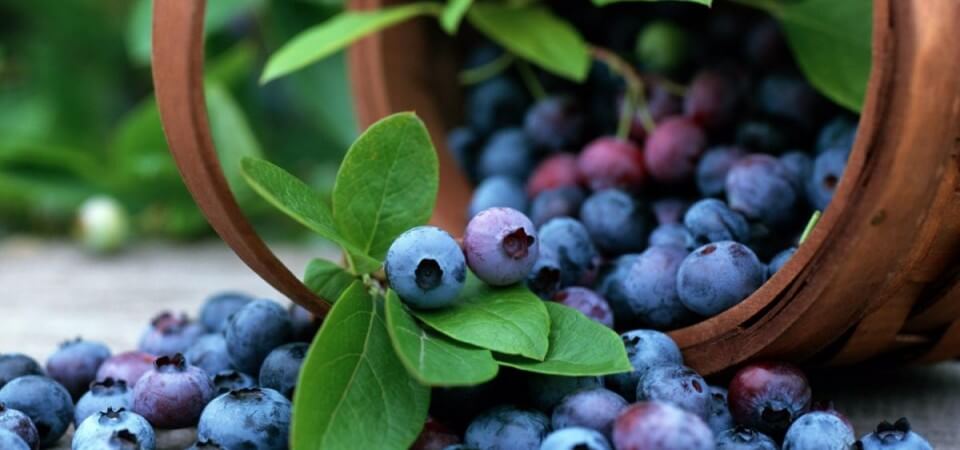
The plant got its Latin name Vaccinium from the word “vacca”, which means “cow”. The blueberry earned this name for its initial use in the farm: its leaves were fed to livestock, in particular cows.
conclusions

But one should not treat blueberries as a panacea: they should be taken as a prophylactic or just as one of the components of complex therapy prescribed by a doctor.
To properly use blueberries, you need to know why it is useful to take it and how to use it correctly. For example, to help with diarrhea, they drink it in dried form. The use of fresh blueberries with diarrhea can significantly aggravate the patient’s condition.
Blueberries have their own contraindications, which should be taken into account when using them. Childhood, pregnancy and lactation are not the best times to experiment.

